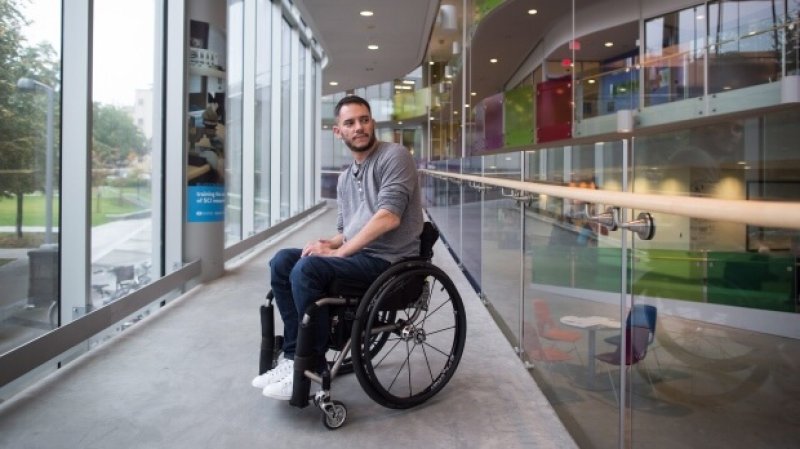Here’s the thing about the spinal cord: you’ve only got one. And right now, if you injure it, doctors can’t fix that. All they can do is try to reduce further damage.
But a new, experimental gene therapy may change that. In new research published [June 14], rats paralyzed from spinal cord injuries were able to move their legs and paws again.
When a person’s (or rat’s) spinal cord gets damaged, they may lose some or all of the ability to control certain limbs or parts of their body, depending on where the injury occurred. Typically, a scar blocks the nerve cells on the spine from communicating with each other and with the muscles they control.
The new gene therapy breaks down that scar tissue over the course of a few weeks. Over time, the paralyzed rats who received the treatment were able to climb a ladder and then had enough fine motor control to grab a sugar cube.
…
If this were possible to do in humans, it could have a huge impact. “Recovering the use of the hands is the top priority for the majority of individuals living with spinal cord injuries,” researcher Elizabeth Bradbury told The Guardian. “It would enable them to do everyday tasks such as washing and dressing independently, picking up a coffee cup, and would be life changing.”
Read full, original post: New Gene Therapy Could Stitch Together Damaged Spinal Cords































